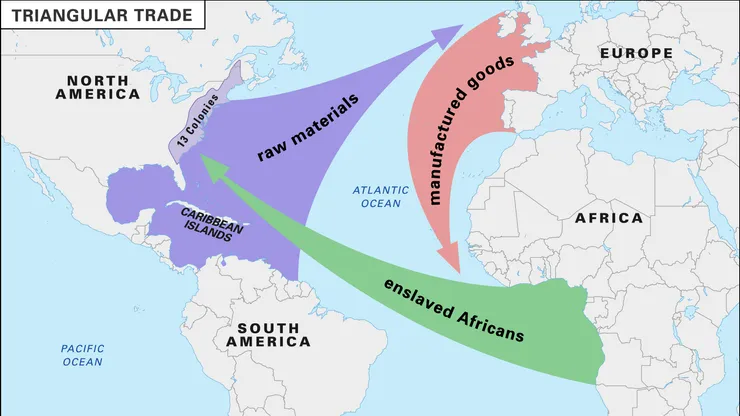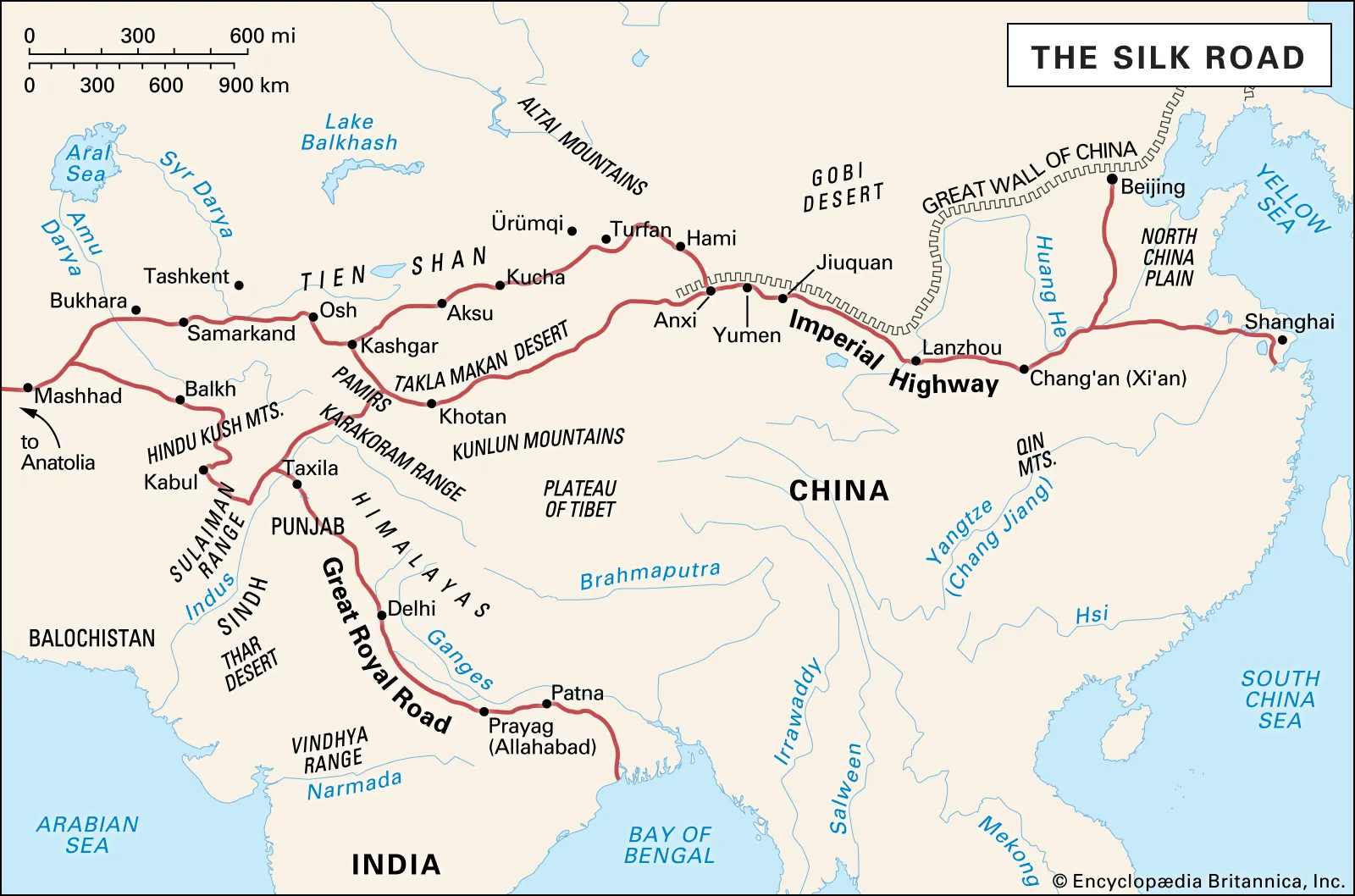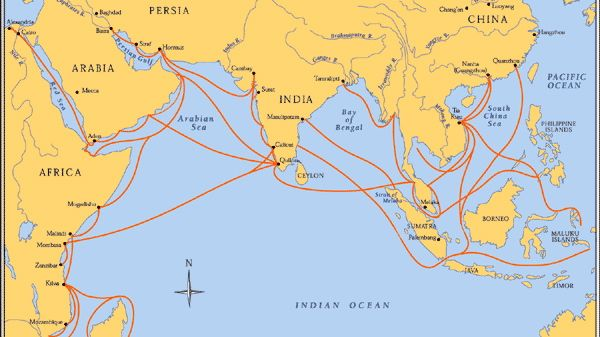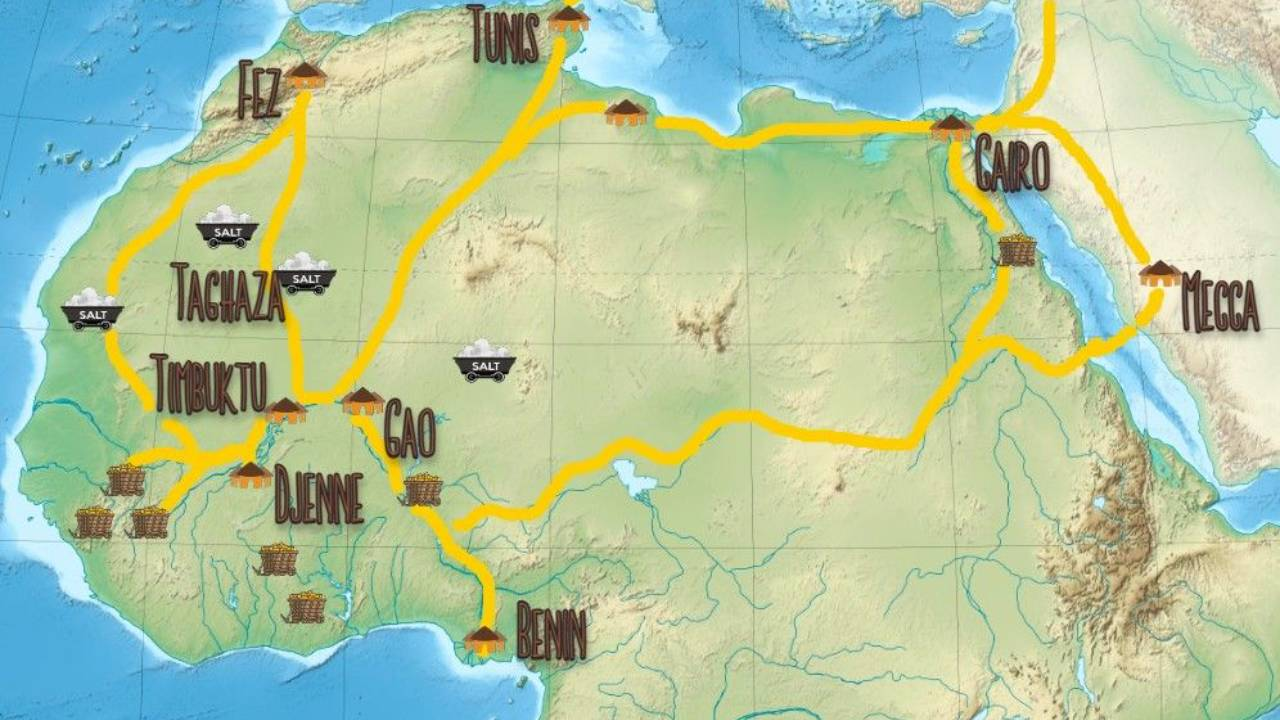AP World Theme Four Timeline: ECN
Economic Systems
1200 - 1450
- Song China’s economy became more commercialized and continued to rely on free peasant and artisan labor.
- Chinese economy flourished with technological advancements (Grand Canal expansion, textile/porcelain/steel/iron production).
- Commercial practices improved (forms of credit, caravanserai, Chinese paper money) increased the volume of trade and expanded the range of the Silk Roads and with that powerful trade cities.
- Trade of luxury goods increased, spread by merchants
- The Mongol Empire’s vast control over Asia provided safety and stability which facilitated trade through Afro-Eurasia (Pax Mongolica).
- Indian Ocean trade volume was increased with the predicting of monsoon winds for easy travel as well as the spread of maritime technology. With trade, cities were developed.
- Transportation technology increased trade in the Trans-Saharan, cities like Timbuktu became popular trade spots.
- The Americas participated in inter-regional trade but mostly through the government.
- Europe didn’t participated much in international trade yet but desired to after the findings of Marco Polo. Instead their economies ran through feudalism and manorialism where the serfs/lower class were tied to land and worked similarly to slaves under their lords.
- Japan had a feudal system similar to Europe.
| Goods | Technology | Religion | |
|---|---|---|---|
| Silk Roads | Luxury Goods: Silk, Porcelain, Gunpowder, Horses, Textiles | Saddles, Caravanserai | Buddhism, Neo-Confucianism, Islam |
| Indian Ocean | “Common Man” Trade: Gold, Ivory, Fruit, Textiles, Pepper, Rice | Astrolabe, Compass, Lateen Sail | Christianity, Buddhism, Neo-Confucianism, Islam |
| Trans-Saharan | Horses, Salt, Gold, Slaves | Saddles | Islam |
1450 - 1750
Land Based Empires
- Gunpowder Empires gained their strength by trading for military resources, mostly from China.
- Large land empires used taxing systems to generate money to support expansion.
- Ottoman tax farming, Aztec tribute system, Mughal zamindar tax collection.
Maritime Empires
European empires such as the Portuguese, gained knowledge of maritime technology and navigational skills allowing them to travel to trade with Africa and Asia and set up trade posts there.
- Trade post empires later transformed into imperialist empires as they continued to colonize.
The Indian Ocean trade network continued to flourish, now with the addition of Portuguese, Spanish, and Dutch merchants.
Europeans traded Chinese luxury goods including tea, silk, and porcelain
As European countries colonized the Americas, they created cash crop plantations operating with forced labor systems.
- Tried to implement the Inca Mit’a system and indentured servitude but weren’t successful so they switched to chattel slavery.
Europeans started the Atlantic Slave Trade to supply workers for their American plantations.
- Europe traded Africa manufactured goods like textiles →Africa traded enslaved people to European colonies in America → Europe sent their materials/cash crops harvested in the American plantations to Europe (for people and manufactured goods).

European Maritime empires followed the economic system/ideology of mercantilism (commercialization) where a it was believed there limited amount of wealth in the world and was measured by the supply of a state's gold and silver, thus should try to increase their supply.
- Promoted that exports should be larger than imports and government economic regulation.
The Europeans harvested silver from the Americas (mainly Spanish colonies), stood as the new global currency.
- China had a high demand for the silver currency as they switched from paper money to coins, due to self-inflation and counterfeit bills, thus Europe was able to trade for Chinese luxury goods.
- Eventually silver causes lots of inflation in China (price revolution).
Join-stock companies funded these voyages of exploration and colonization (some were state funded).
The British East India Company and the Dutch East India Company were prime examples, both funded exploration and trade in South/South East Asia.
Peasant and artisan labor continued to produce these goods.
Japan closed themselves off from foreign trade (isolationism) under the Tokugawa Shogunate.
China attempted to do the same but this hurt their export heavy economy moving forward.
- This also stopped Zheng He’s voyages which expanded their economy prior.
1750 - 1900
Industrialization
- The new industrialized economy came with the industrial revolution and continued with
- Improved agricultural productivity →less farmers needed so more available for factories.
- Urbanization → growth of cities and factories in them.
- The industrial revolution began in England due to many rivers and spread through Europe and the US.
- The previous cottage industry where women would produce textiles in their home transformed into the textile industry with mass producing factories.
- Western European countries abandoned mercantilism as their economic system and instead adopted free trade policies.
- Adam Smith’s support of a Laissez-Faire system and eventually capitalism were adopted by Europe and the US.
- Capitalism did have benefits and created a new social class, the working class.
- Increased standard of living for some, though cities were low quality.
- Increased availability, variety, and affordability of goods.
- Large scale transnational businesses rose with the industrial economy. They operated through large scale banking and stock markets.
- In response to the challenges capitalism brought, Marxism and socialism stood as alternative economic systems. They promoted equality through sharing wealth between the working class rather than the company owners.
- Marxism later transformed into communism, a much more aggressive ideology for equal wealth distribution with businesses being owned by the state.
- New government in Japan (Japan Empire reinstated) started the Mejji Restoration which implemented Western-like policies to promote industrialization (successful).
- In Russia, industrialization increased with steel and railroad manufacturing.
Imperialism
- The resources needed for industrialization were a big causes for imperialism. European countries were trying to expand their industrial economies and markets $$$.
- Economic imperialism was a form of imperialism in which businesses and industrialized states dominate another country's economy.
- Asia and Latin America were targets of this due to their supply of raw materials for industrialization (cotton, rubber, oil, metals).
- Traded strategically to give imperialist countries’ merchants a large economic advantage.
- Examples of economic imperialism include:
- Britain and France expanding economic power in China through the Opium Wars and the rebuilding of the Suez Canal. (Spheres of Influence).
- International corporations like the banana republics.
- Migration increased as people were looking to work in industrialized states.
- The new capitalist economy relied on semi-coerced and coerced labor migration.
- Enslavement and indentured servitude of Chinese and Indians.
- Convict labor.
1900 - Present
World Wars and Interwar Economy
- Both World Wars were fought with total war strategies where they invested their whole economies into weapon manufacturing.
- The Treaty of Versailles placed extensive war reparations on Germany, leading to massive inflation and struggle in the German economy.
- After a extreme stock market crash in the US, the Great Depression began in 1929.
- Effected global economy due to interconnections, making it the world’s worst economic collapse.
- As a response to the Great Depression, more governments became involved with the economy (increase in socialism).
- The New Deal in the US involved the government aiding welfare.
- After WW2, new states' governments promoted economic development.
Communist Economies
Communism was an extreme version of Marxism, it promoted a classless society in which all resources are communally-owned rather than individuals.
Joseph Stalin’s Five Year Plans monitored the Soviet Union economy through oppressive policies that led to famine.
- Also forcefully took land away from higher class peasants for redistribution.
China became communist after the revolution in 1949, motivated by Japanese aggression and internal affairs.
President Mao Zedong’s Great Leap Forward transformed China into socialist economy through rapid industrialization and collectivization.
- Like Russia, these oppressive policies had horrific consequences including extensive famine.
Globalization
After the fall of the Soviet Union at the end of the Cold War, more governments promoted free markets and economic liberalization.
- Regional trade agreements/organizations like the World Bank, World Trade Organization, and the North American Free Trade Agreement reflected this.
Informational and technological developments created knowledge economies.
Manufacturing was transfered more to Asia and Latin America (less developed countries).
- Businesses often do offshoring where they build their factories in these countries as labor is cheaper there.
No more isolated states meant multinational corporations could rise (Adidas, McDonalds, ect).


